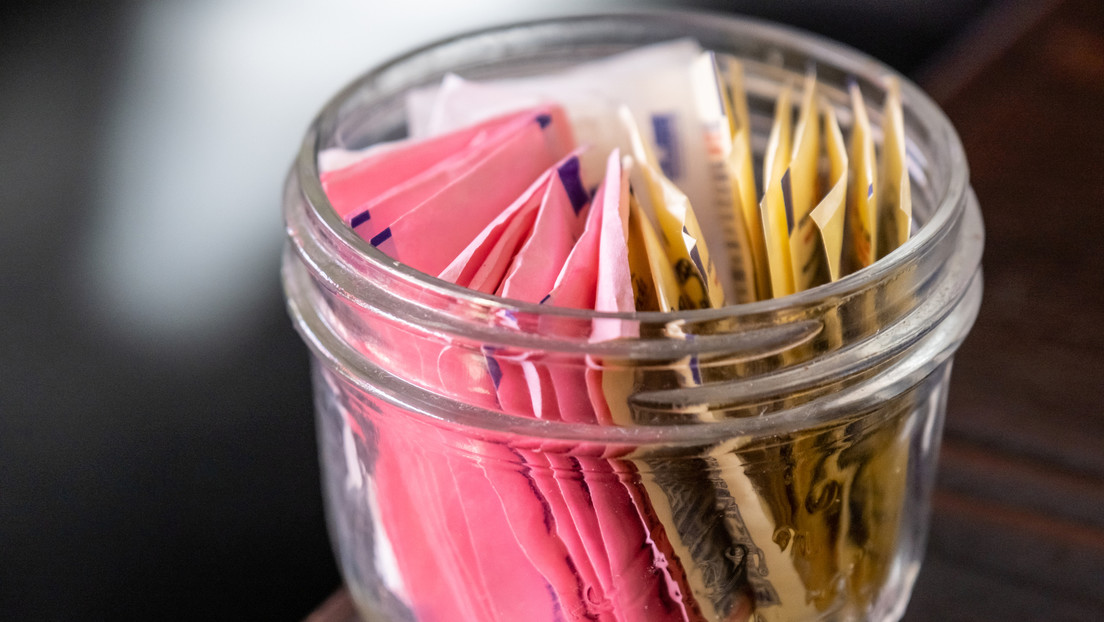It is about aspartame that is also used in a wide variety of products, such as jellies, candies, desserts and cough drops, among others.
Aspartame, one of the world‘s most popular artificial sweeteners, used in a number of products including Coca-Cola and chewing gum, has been classified by the World Health Organization (WHO) as “possibly carcinogenic to humans“. However, its consumption is still considered safe within the currently recommended levels. The conclusion was based on the results of investigations by two WHO-linked expert groups: the International Agency for Research on Cancer (IARC) studied the evidence that the substance poses a danger to health, while the Joint Committee of Experts on Food Additives (JECFA) of WHO and the Food and Agriculture Organization (FAO) assessed the effective degree of risk. In light of the data collected, the IARC explained that its decision to list aspartame as a possible carcinogen was based on certain “limited evidence“. Meanwhile, the JECFA has ensured that it does not have convincing evidence of the damage that this sugar substitute can cause, therefore it would be acceptable to take 40 milligrams of aspartame per kilogram of body weight per dayas by the way it was already established in 1981.
WHO classifies a sweetener in Coca-Cola as ‘possibly carcinogenic’
Moez Sanaa, head of scientific standards and advice at WHO, added that “better studies will be needed, with a follow-up longer and repeated dietary questionnaires in existing cohorts (groups of individuals who share a common characteristic)”. “We need randomized controlled trials, including studies of mechanistic pathways relevant to insulin regulation, metabolic syndrome, and diabetes, particularly in relation to carcinogenicity.”, he has declared. Aspartame, that is 200 times sweeter than ordinary sugar, it was discovered in 1965 by the American chemist James Schlatter. In 1974, the US Food and Drug Administration (FDA) approved its use as a tabletop sweetener. It is currently added to a wide variety of products, such as sodas, jellies, candies, desserts, and cough drops, among others, as it is a low-sugar substitute.
